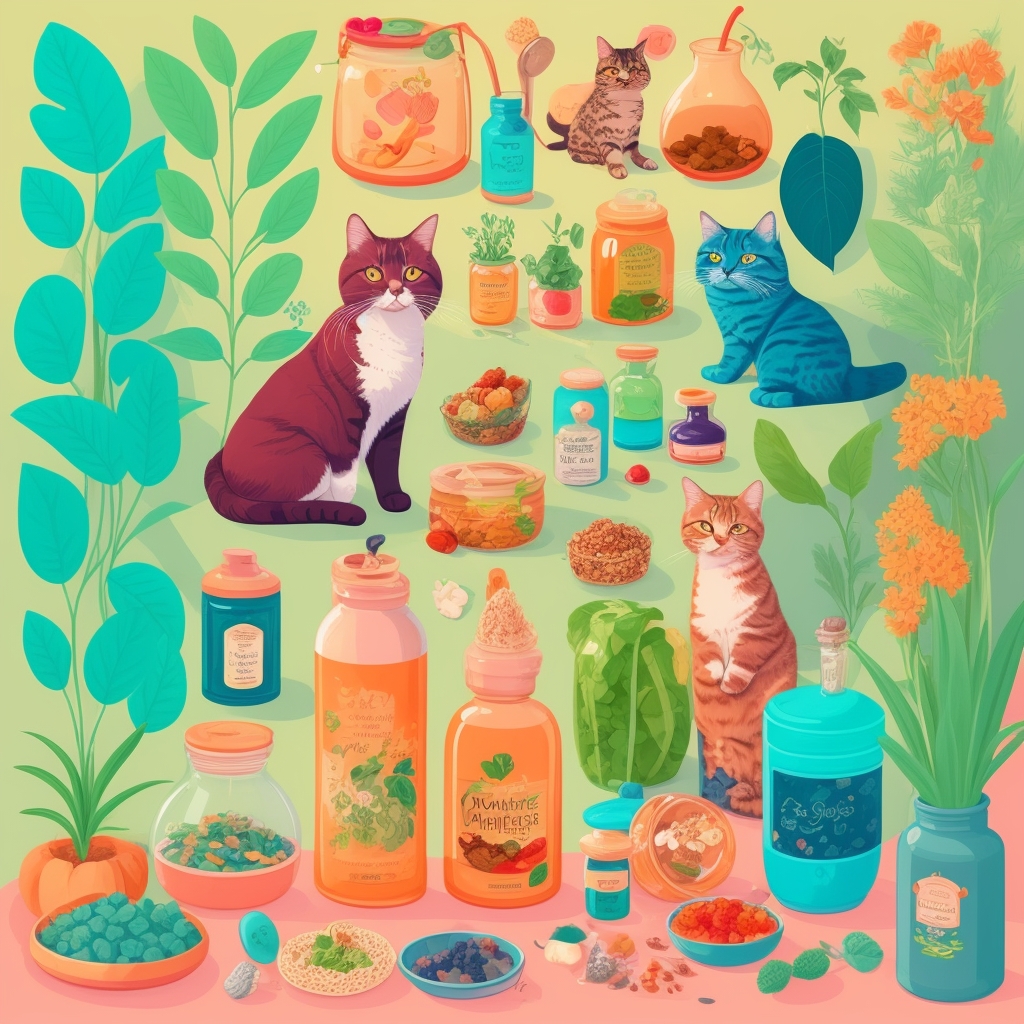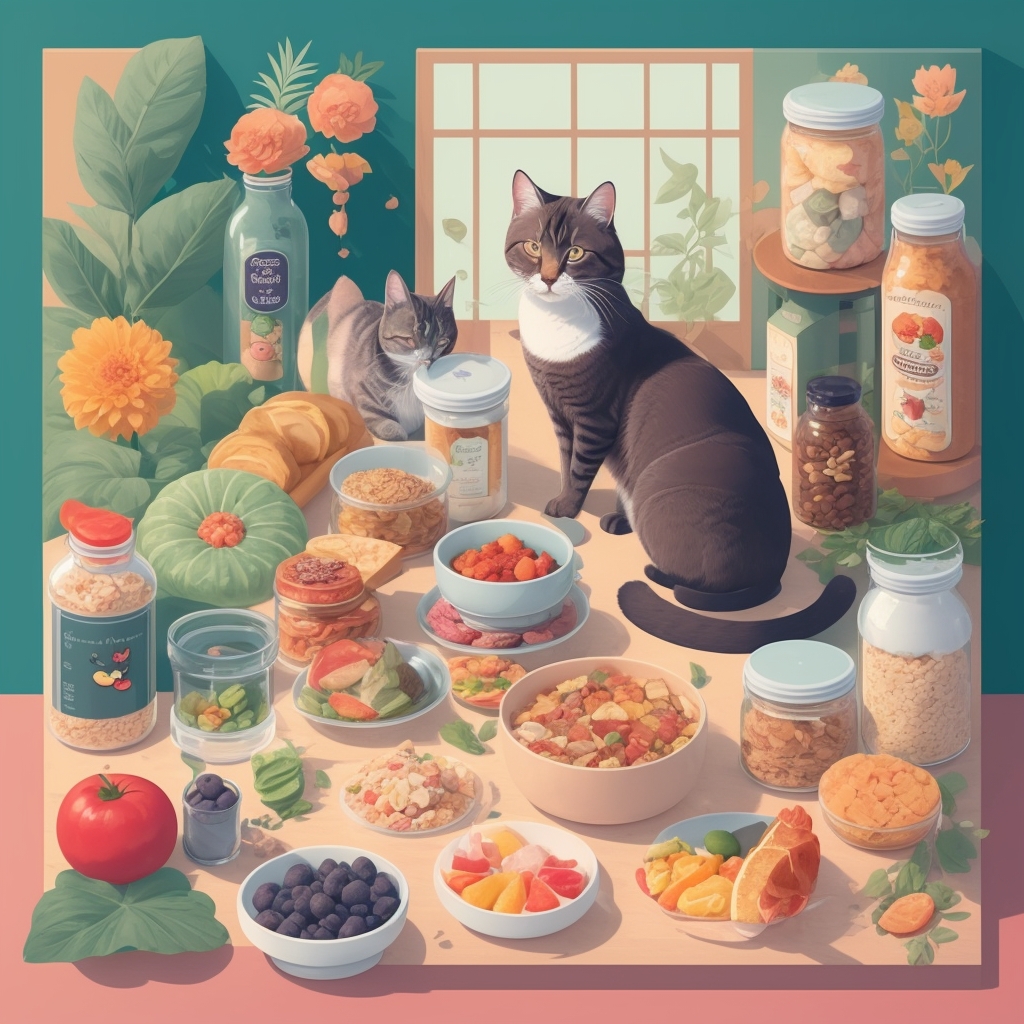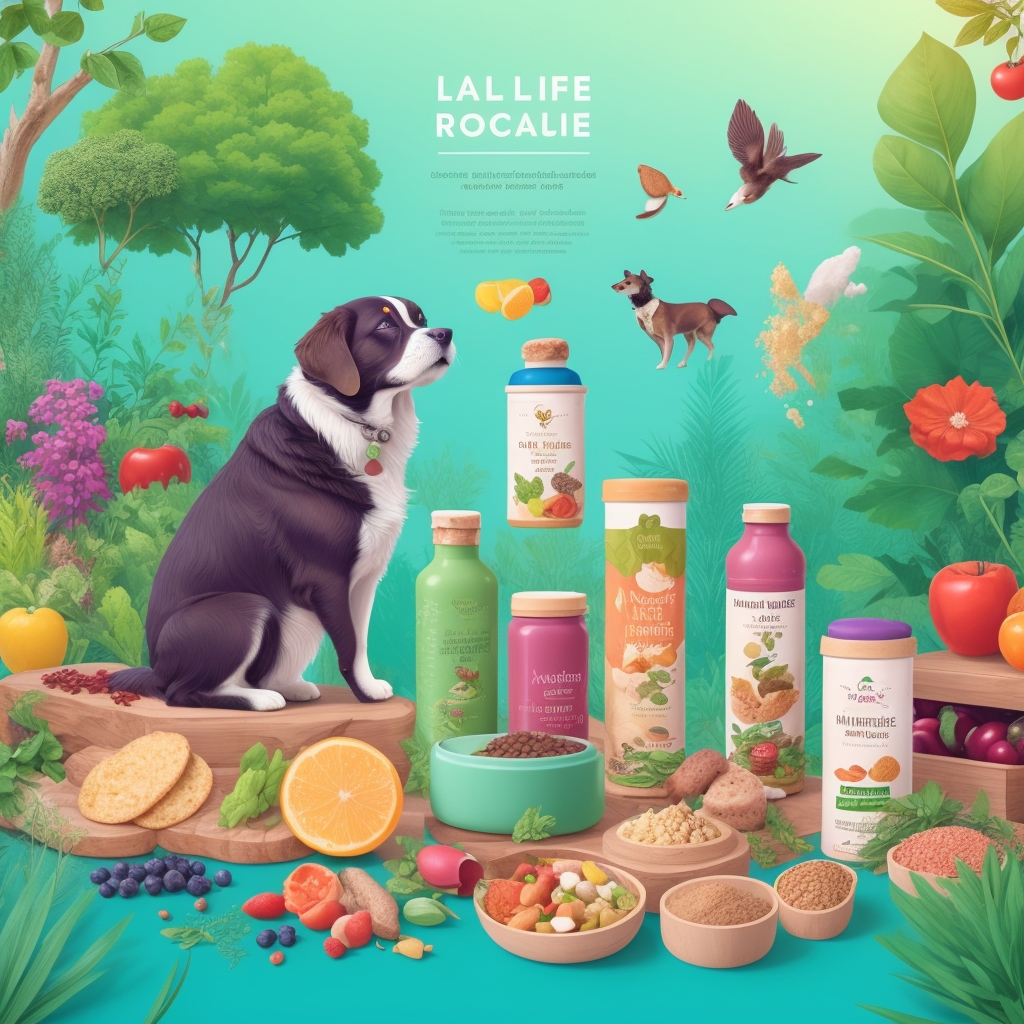Proteins play a crucial role in a cat’s diet. As obligate carnivores, felines have specific macronutrient requirements, and proteins are an essential component of their diet. This article explores the importance of proteins for cats, protein sources, nutritional needs, and how to choose the best food for your four-legged companion.
The Importance of Proteins for Cats
1. Role of Proteins in the Feline Body
Proteins are made up of amino acids, which are the basic building blocks necessary for growth, tissue repair, and the production of enzymes and hormones. In cats, proteins are essential for:
- Growth and Development: Kittens need proteins to develop properly. A protein-rich diet promotes healthy growth.
- Tissue Repair: Proteins help in the regeneration of muscle and organ tissues.
- Immune Support: Certain proteins play a role in immune function, helping to protect the animal against diseases.
2. Types of Essential Amino Acids
Cats require certain amino acids that their bodies cannot synthesize, making them essential in their diet:
- Taurine: Indispensable for heart health and vision.
- Arginine: Crucial for urea metabolism and detoxification.
- Methionine: A sulfur-containing amino acid that helps with skin and coat health.
Sources of Proteins for Cats
1. Animal Proteins
The best sources of protein for cats are of animal origin. Here are some examples:
- Meat: Chicken, beef, lamb, turkey, etc.
- Fish: Salmon, tuna, sardines.
- Animal By-products: Liver, heart, kidneys.
2. Plant Proteins
While less effective than animal proteins, some plant sources can supplement the diet:
- Legumes: Peas, lentils, beans (to be used with caution).
- Cereals: Rice, corn (to be avoided in excess).
Cats’ Protein Nutritional Needs
1. Recommended Quantity
The amount of protein needed varies depending on the cat’s age, size, and activity level:
- Kittens: 30-40% protein in their diet.
- Adult Cats: 25-30% protein.
- Senior Cats: 20-25% protein.
2. Commercial vs. Homemade Food
Owners must choose between commercial food and homemade food. Commercial foods, such as kibble and wet food, are formulated to meet cats’ nutritional needs. In contrast, homemade diets must be carefully balanced to avoid deficiencies.
Concrete Examples and Use Cases
1. Choosing Commercial Food
When selecting commercial food, prioritize brands that emphasize a high animal protein content. For example, a food with chicken as the first ingredient is generally a good option.
2. Homemade Diet
If you opt for a homemade diet, an example recipe could be:
- Ingredients:
- 200 g cooked chicken (skinless)
- 100 g cooked carrots (in small quantities)
- 50 g cooked rice
- 1 teaspoon fish oil (for omega-3 fatty acids)
- Preparation: Mix all ingredients and serve in appropriate portions.
3. Use Case: Active vs. Sedentary Cat
An active cat, like a hunting cat, will benefit from a higher protein intake compared to a sedentary cat. It’s important to adjust portions and protein types based on their activity level.
Key Points and Best Practices
- Prioritize Animal Proteins: Choose foods with animal protein sources at the top of the ingredient list.
- Monitor Portion Sizes: Adjust food quantities based on your cat’s weight and activity.
- Avoid Foods with Too Many Grains: Cats don’t need large amounts of carbohydrates.
- Consult a Veterinarian: Before making significant changes to your cat’s diet, consult a professional to assess your pet’s specific nutritional needs.
Conclusion
Proteins are a fundamental part of a cat’s diet. Understanding your feline’s protein needs and choosing the right sources can contribute to their health and well-being. By ensuring your cat receives an adequate amount of high-quality proteins, you’ll help ensure their vitality, longevity, and quality of life. Remember, every cat is unique, and a veterinary consultation is always recommended to tailor the diet to their specific needs.







